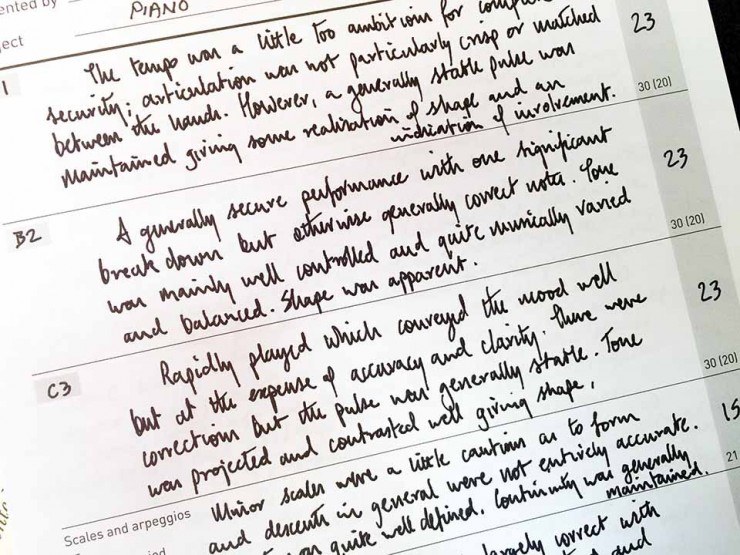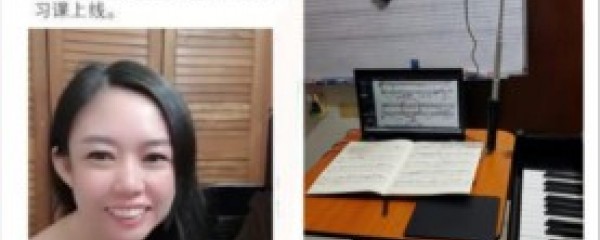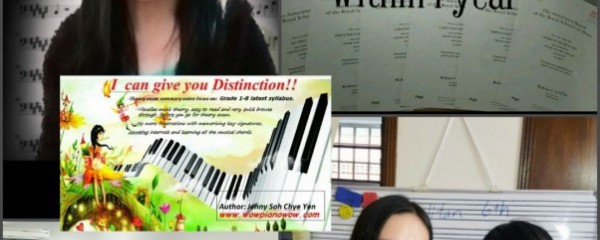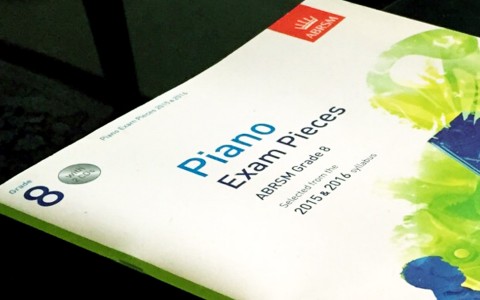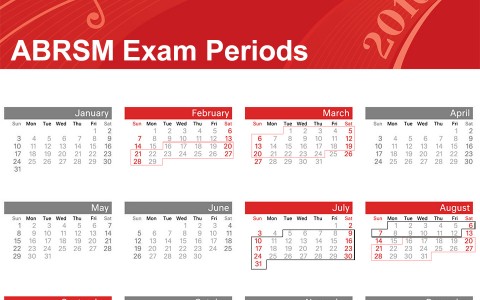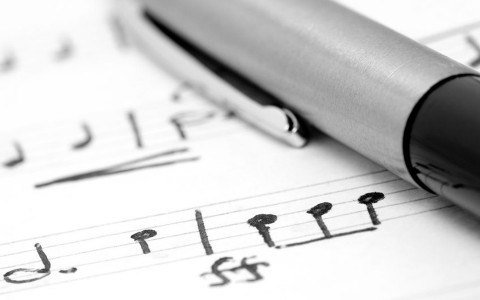Ever wonder how the ABRSM Graded Practical Piano Exams are being marked? Why is it that you feel you had played the prepared piece very well, but did not score a distinction? Will having a few slips during playing the scales and apreggios affect the marks a lot? If you cannot answer some aural test questions confidently, does this compromise the exam results significantly? How should you perform during the sight reading test to score high? Indeed, these are very common questions every candidate face, and probably uncommonly answered. Today, we take you to the secret chamber where the marking rubric is revealed!
A scoring rubric, as described in Wikipedia, is an attempt to communicate expectations of quality around a task. In many cases, scoring rubrics are used to delineate consistent criteria for grading. Because the criteria are public, a scoring rubric allows teachers and students alike to evaluate criteria, which can be complex and subjective. A scoring rubric can also provide a basis for self-evaluation, reflection, and peer review. It is aimed at accurate and fair assessment, fostering understanding, and indicating a way to proceed with subsequent learning/teaching. This integration of performance and feedback is called ongoing assessment or formative assessment.
The ABRSM Graded Music Exam Rubric shows tables of all assessible components in the syllabus with their marking criteria. The ABRSM piano exam syllabus comprises 4 components: (i) prepared 3 pieces, (ii) scales and arpeggios, (iii) sight reading, and (iv) aural tests.
|
Mark |
Pitch |
Time |
Tone |
Shape |
Performance |
|---|---|---|---|---|---|
|
Distinction |
|
|
|
|
|
|
Merit |
|
|
|
|
|
|
Pass |
|
|
|
|
|
|
Below Pass |
|
|
|
|
|
|
13-16 |
|
|
|
|
|
|
10-12 |
|
|
|
|
|
|
0 |
|
|
|
|
|
|
Mark |
Criteria |
|---|---|
|
Distinction |
|
|
Merit |
|
|
Pass |
|
|
Below Pass |
|
|
7-10 |
|
|
0 |
|
|
Mark |
Criteria |
|---|---|
|
Distinction |
|
|
Merit |
|
|
Pass |
|
|
Below Pass |
|
|
7-10 |
|
|
0 |
|
|
Mark |
Criteria |
|---|---|
|
Distinction |
|
|
Merit |
|
|
Pass |
|
|
Below Pass |
|
|
6-8 |
|
|
0 |
|
Certainly, what the examiner is looking for, are now no longer puzzles. The rubric has clearly listed down how a candidate is placed in the 'distinction', 'merit' and 'pass' band.
The candidate can advantageously use this rubric to help in his personal progress, or for fine-tuning his exam preparations. Additionally, the score sheet, which is returned to the candidate after the examination, presents the examiner's comments on each assessible component. This enables the candidate to gain a better insight where he can improve on, and the piano teacher to chart his piano lessons effectively to help his students in their weak areas.
